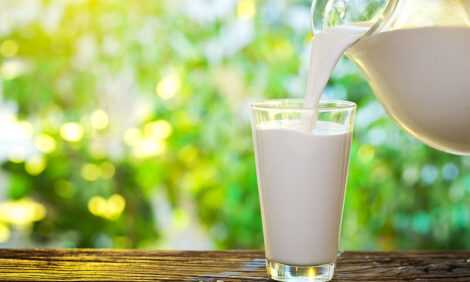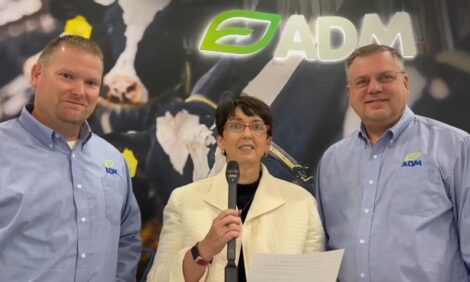



Lameness in Cattle Part Two: Causes Associated with Injury
In this second installment, South Dakota veterinarian Russ Daly turns his attention away from infection driven lameness and towards injuries.
Whether in feedlots, dairies or pastures, cattle are exposed to a variety of hazards such as feedbunks, fences, corral panels, waterers, whilst also posing a threat to each other, says Professor Daly.
A not-uncommon cause of acute lameness in adult as well as younger cattle, especially in pasture situations, is that of penetrating foreign objects into the sole of the foot, writes the State veterinarian.

One typically thinks of nails in this regard, but many other potential objects can do the job as well. Regardless of whether or not the objects stay embedded in the sole of the hoof, the penetration carries bacteria from the outside environment deeper into the blood-rich inner layers of the hoof tissue, presenting the right conditions for infection to ensue.
Another injury that can inflict a great deal of damage to the hoof is that of a “degloving” injury. This is where a calf or cow gets a toe wedged into a small space, for example between a feedbunk and adjacent fencepost, and quickly and forcefully jerks the foot out, damaging or even removing part or all of the hoof wall.
As one can imagine, this is a very painful situation that will require intervention in the form of treatment, or in severe cases, euthanasia. While only occasionally associated with injury, the most commonly encountered hoof defects in cows and bulls are sandcracks.
These manifest themselves as vertical cracks that can extend from the coronary band (where the skin meets the upper part of the hoof) to the toe. There are many theories about why these cracks form, including injury, and persistently dry or wet environmental conditions.
They are more common in mature, heavier animals. Fortunately, most of these cracks are not associated with lameness.
The horizontal hoof crack should be differentiated from the vertical sandcrack. Horizontal cracks are often associated with a stress, or a disruption in the animal’s health at the time that hoof tissue was developing.
Acute illness with fever, or a short period of severe overnutrition or undernutrition are possible causes. As is the case with sandcracks, most horizontal cracks will not result in lameness either. As with people and other animals, cattle are subject to injury due to joint sprains and trauma.
The front carpal joints, as well as the hock joints in the rear, and fetlocks on all limbs are all places that trauma can cause pain, swelling, and lameness. Instances of joint trauma may involve a penetrating wound, or simply be the result of blunt forces.
Depending on the severity of the trauma, and whether infection has been introduced into the joint, these cases may or may not be self-limiting. One joint that more than occasionally is subject to trauma is that of the stifle joint.
This joint is akin to our knee joint, and is located at the rear flank of the bovine, between the hock and the hip joint. Trauma due to the cow or bull planting a leg and then being jostled, butted, or ridden by another animal may result in a rupture of ligaments similar to a basketball player blowing out their knee on the court. These are typically painful situations with no effective treatment, and salvage should be considered for these animals.
In addition, animals will occasionally dislocate hip joints due to similar trauma situations, although this is relatively rare. In pasture breeding situations, injuries to the lower back may occur in smaller females ridden by larger cows or bulls.
This often manifests itself as nerve damage that results in generalized weakness in both back limbs and sometimes a loss of tone or movement in the tail. In pasture situations and many feedlot operations, it is not feasible for a cattle producer to protect 100% of his animals from injury around the clock.
But common sense measures such as removing or fencing off junk piles, and keeping fences and other partitions in good repair may mean the difference between a healthy productive animal and one that will need to be salvaged due to an injury.


